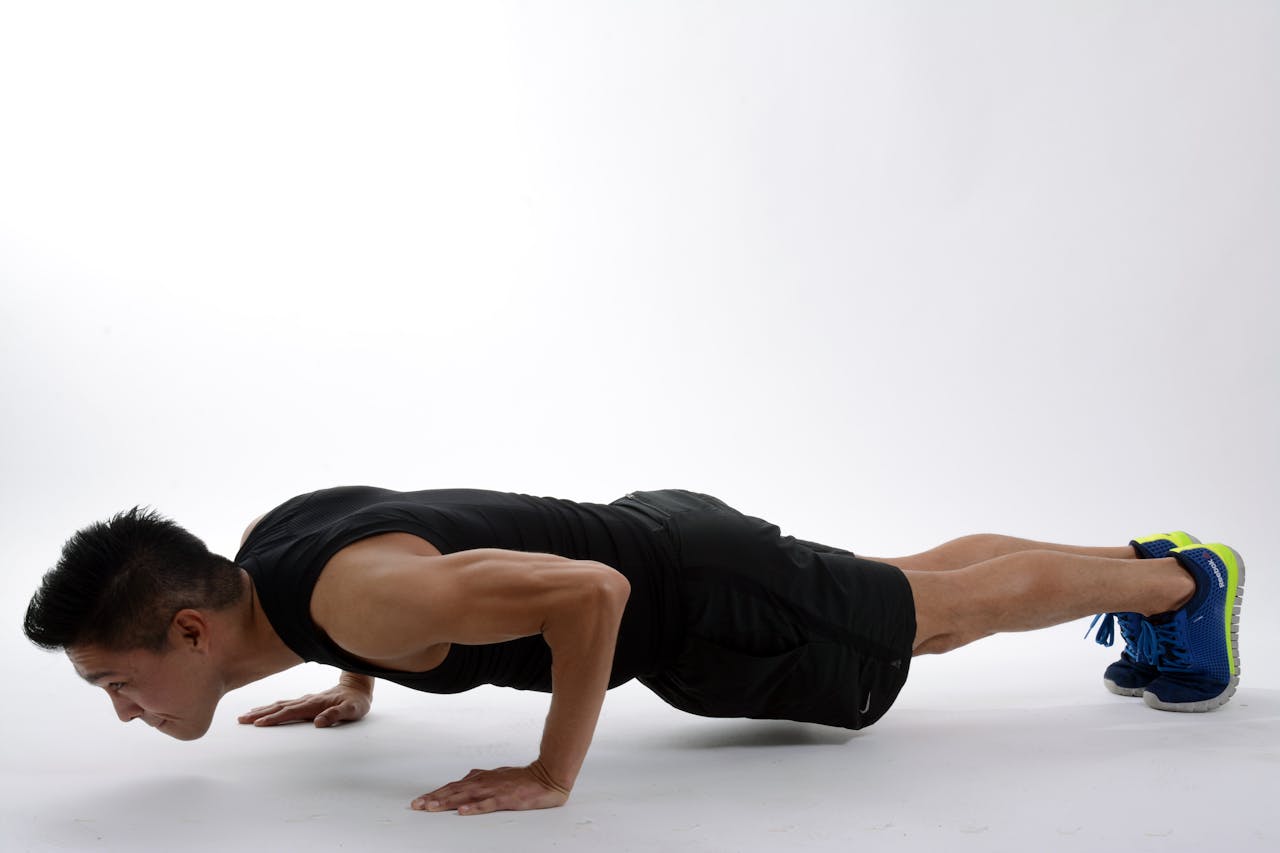Whether you’re just lacing up your sneakers or you’ve been training for years, the path to lasting fitness success isn’t a straight line. It’s a journey marked by highs, lows, plateaus, and breakthroughs. Use these ten strategies as guideposts to design a routine that not only transforms your body but also uplifts your mind and spirit.
1. Establish a Strong Foundation with Habit Stacking
Habit stacking involves pairing a new fitness habit with an existing daily ritual, making it easier to stick with:
- After your morning coffee, spend 5 minutes doing dynamic stretches.
- Before dinner, take a 10-minute brisk walk.
- Place your workout clothes next to your bed so you see them first thing.
By linking movement to everyday actions, exercise becomes less of a chore and more of a natural part of your day.
2. Mix Modalities to Prevent Plateaus
Sticking to one type of workout can quickly lead to boredom and stalled progress. Incorporate variety:
- Strength Training: Free weights, resistance bands, or bodyweight circuits.
- Cardio: Running, rowing, cycling, or jump-rope intervals.
- Mobility: Yoga flows, Pilates, or dynamic stretching.
- Skill Work: Balance drills, agility ladders, or sport-specific practice.
Rotating modalities not only keeps workouts fresh but also ensures balanced development of strength, endurance, and flexibility.
3. Prioritize Quality Over Quantity
More isn’t always better. A focused 30-minute session can outperform a distracted hour-long workout:
- Warm Up Thoroughly: Spend 5–10 minutes activating muscles and raising heart rate.
- Perform Each Rep with Intention: Focus on form, full range of motion, and controlled tempo.
- Cool Down: Incorporate static stretches or foam rolling to aid recovery.
Mindful training reduces injury risk and maximizes each movement’s effectiveness.
4. Fuel Your Body Strategically
Nutrition is your secret weapon for performance and recovery:
- Pre-Workout: 1–2 small hours before, enjoy a balanced snack (e.g., oatmeal with fruit or whole‑grain toast with nut butter).
- During Extended Sessions: Sip on water or an electrolyte drink to stay hydrated.
- Post-Workout: Within 45 minutes, aim for a 3:1 ratio of carbs to protein (e.g., a smoothie with banana, whey protein, and spinach).
Small tweaks—like adding leafy greens, lean protein, and healthy fats—compound over time into big fitness gains.
5. Track Progress with Metrics That Matter
Move beyond the scale. Choose metrics that reflect performance and well‑being:
- Strength Gains: Record weights lifted, reps completed, and workout intensity.
- Endurance Benchmarks: Note finish times for a 5K run or distance rowed.
- Mobility Improvements: Track how far you can reach in a hamstring stretch or hold a plank.
- Energy & Mood: Keep a simple journal—rate your energy levels and stress each day.
These data points help you identify trends, adjust your plan, and celebrate non-scale victories.
6. Schedule Recovery as Rigorously as Workouts
Recovery is where growth happens. Treat it like any other appointment:
- Sleep: Aim for 7–9 hours per night—consider blackout curtains or a consistent bedtime.
- Active Recovery: Light walks, gentle yoga, or swimming on off days.
- Self-Care: Regular foam rolling, massage, or even contrast baths (alternating hot and cold).
By planning recovery, you’ll reduce soreness, avoid burnout, and come back stronger.
7. Build Accountability Systems
Staying on track is easier when someone’s watching:
- Workout Buddy: Partner with a friend for live or virtual sessions.
- Group Classes: Join local or online fitness communities.
- Coaching App: Use platforms with check‑ins, progress badges, or live feedback.
- Public Commitment: Share goals with your social circle or on social media.
Accountability turns “I should” into “I will.”
8. Leverage Micro‑Workouts When Short on Time
Busy schedule? Break your training into bite‑sized sessions:
- Five‑Minute Mobility Breaks: Desk stretches between meetings.
- Ten‑Minute HIIT Blast: Quick circuits of squats, push‑ups, and jumping jacks.
- Three‑Minute Core Series: Planks, dead bugs, and glute bridges.
Even brief bouts of movement maintain momentum and keep you connected to your goals.
9. Embrace the Power of Mind‑Body Connection
Focus and breath are as important as muscle:
- Mindful Movement: Pay attention to how each muscle feels during an exercise.
- Breathing Techniques: Inhale during eccentric phases, exhale during concentric.
- Visualization: Before a lift or sprint, mentally rehearse flawless execution.
This approach sharpens performance, enhances focus, and reduces stress.
10. Cultivate a Long‑Term Growth Mindset
Fitness isn’t a quick fix—it’s a lifelong pursuit:
- Set Tiered Goals: Short‑term (4 weeks), mid‑term (3 months), and long‑term (1 year).
- Learn Continuously: Explore new sports, read credible fitness blogs, and experiment with fresh routines.
- Celebrate Milestones: Reward yourself for consistency, strength increases, or improved endurance—then set the next target.
Adopt the attitude that every small step forward is a victory on the road to becoming your healthiest self.
Conclusion
By combining habit stacking, varied training, intentional nutrition, and strategic recovery, you can craft a fitness routine that not only delivers results but also feels seamlessly integrated into your daily life. Remember, the most effective program is one you can stick with—and the journey itself is the reward. Lace up, stay curious, and embrace each challenge; your strongest, healthiest self awaits.



